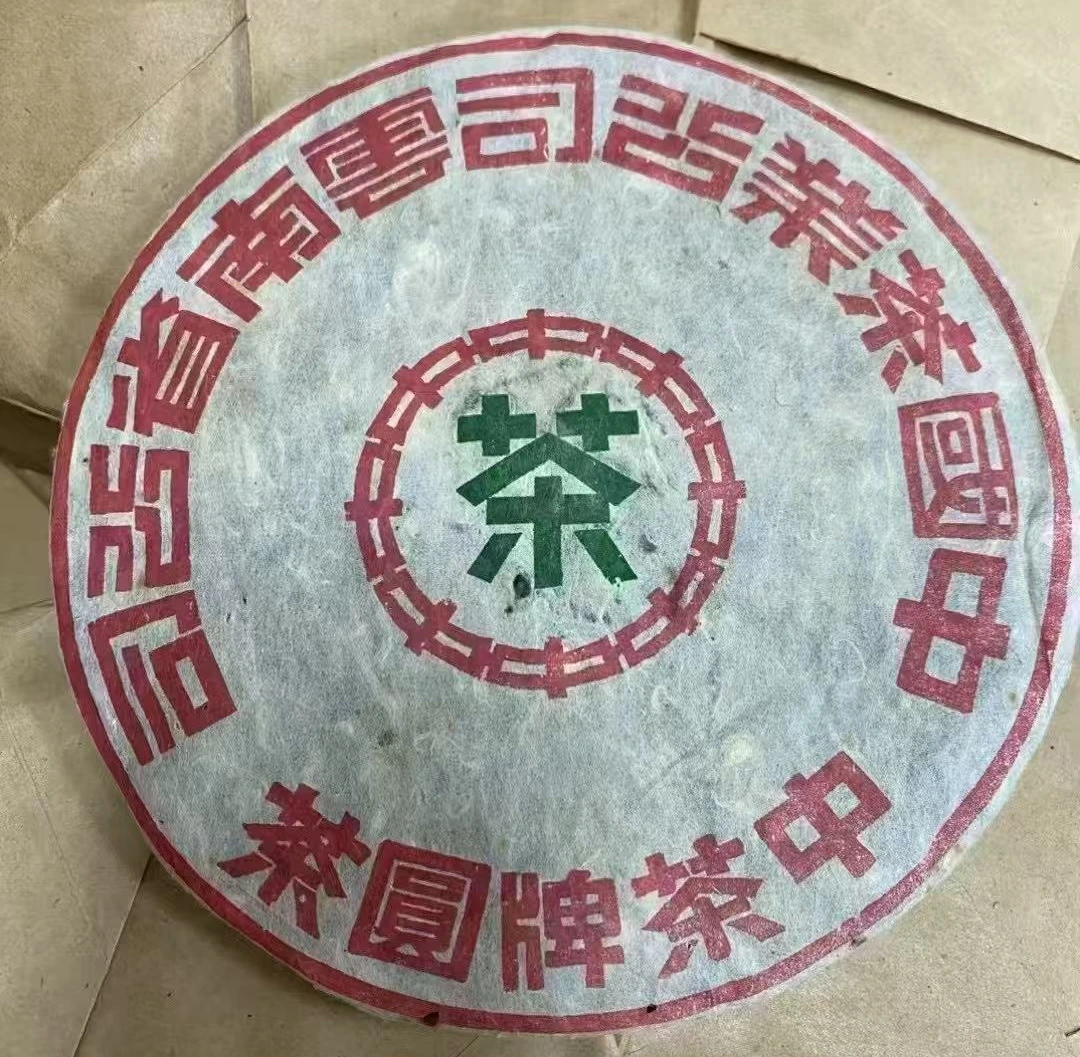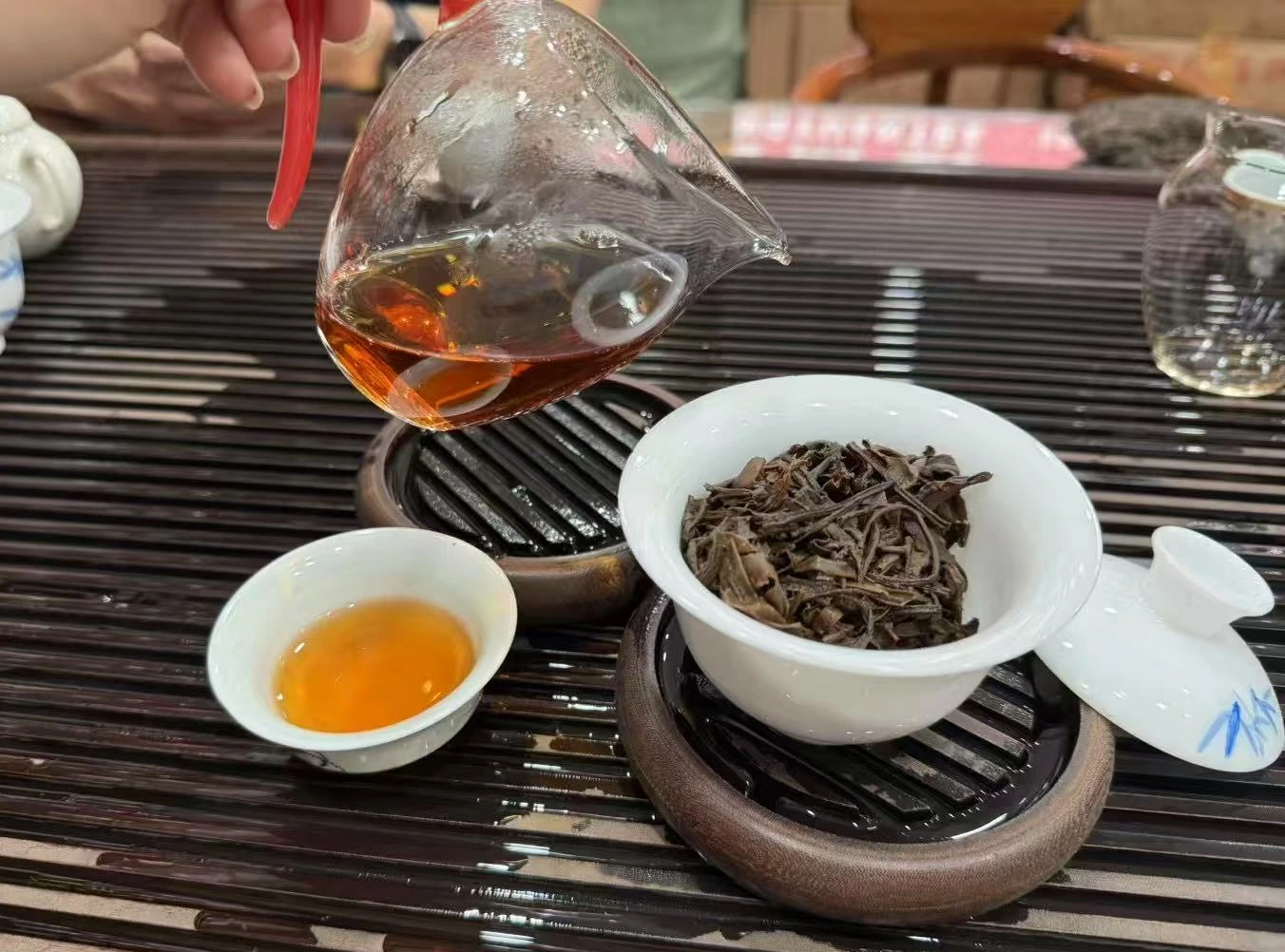Pu Erh tea and blood pressure are linked in a dance of ancient wisdom and modern science. From the moment the first dark infusion swirls in your cup, you inhale a rich, earthy aroma that promises more than comfort—it hints at balance. Imagine the warm liquid gliding across your tongue, its mellow sweetness settling in your chest like a calming embrace.
In this guide, we’ll explore how drinking Pu Erh tea can influence blood pressure, the broader Pu Erh tea benefits, and even how Pu Erh tea for weight loss diet strategies can play a role in a heart-healthy lifestyle. Get ready for a sensory journey through Yunnan’s misty hills and the latest research pointing to Pu Erh’s potential in supporting cardiovascular wellness.

How Pu Erh Tea Affects Blood Pressure
Pu Erh tea contains unique compounds—catechins and theabrownins—that, studies suggest, help relax blood vessels and improve circulation. These polyphenols work alongside mild caffeine levels to create a gentle vasodilating effect, which can support healthy blood pressure. However, individuals sensitive to stimulants should choose aged Pu Erh tea or lower-caffeine varieties to avoid unwanted jitters. Moderation is key: aim for 2–3 cups daily, and always consult your healthcare provider if you have hypertension concerns.
Key Pu Erh Tea Benefits Beyond Blood Pressure
Digestive Support & Gut Health
The fermentation process that defines Pu Erh tea produces beneficial microbes and enzymes. As you sip, these compounds can soothe occasional bloating, promote nutrient absorption, and maintain a balanced gut flora—laying a foundation for overall vitality.
Metabolism Boost & Weight Management
Integrating Pu Erh tea for weight loss diet routines taps into its natural ability to enhance fat oxidation and gently elevate metabolism. Enjoy a cup before meals to help regulate appetite and support healthy digestion, making your weight-management journey both pleasant and sustainable.
Antioxidant & Anti-Inflammatory Effects
Rich in antioxidants, Pu Erh tea benefits include neutralizing free radicals and reducing systemic inflammation. This shield can protect blood vessels from oxidative stress, further contributing to healthy blood pressure and long-term wellness.
Best Varietals for Blood Pressure Management
Aged Pu Erh Tea
Patience rewards the palate: aged Pu Erh tea is smoother, with reduced bitterness and a mellow profile that’s gentle on the heart. Older teas often develop notes of molasses and dried fruit, making each sip a luxurious treat.
Raw vs. Ripe Pu Erh
- Raw (Sheng) Pu Erh: Bright and brisk, with higher polyphenol content but slightly more astringency.
- Ripe (Shu) Pu Erh: Earthy and velvety, created through accelerated fermentation, making it ideal for sensitive systems.
For blood pressure wellness, ripe Pu Erh tea usually wins favor due to its softer impact and comforting mouthfeel.
Regional Highlights
- Yiwu Pu Erh Tea: Floral elegance with gentle herbal notes—perfect for morning rituals.
- Bulang Mountain Pu Erh Tea: Robust earthiness that grounds and warms, ideal for evening calm.
How to Choose Quality Pu Erh Tea to Support Heart Health
- Form & Authenticity
- Cake (Bingcha) or Brick (Zhuancha): Look for clear origin stamps and production dates.
- Loose Leaf (Maocha): Choose large, intact leaves with minimal dust.
- Origin Labels & Harvest Year
Regions like Yiwu, Bulang, Menghai, and Xishuangbanna offer distinct profiles. Older harvests (10–30 years) often provide the gentlest brews for blood pressure support. - Trusted Brands & Storage Tips
Renowned tea houses ensure proper processing and storage. Keep your Pu Erh tea in a cool, dry place away from strong odors to preserve its bioactive compounds.
Brewing Pu Erh Tea for Optimal Blood Pressure Benefits
Rinse & Awaken Leaves
A quick rinse (5–10 seconds with near-boiling water) removes any impurities and “wakes up” the leaves, prepping them for full flavor release.
Water Temperature & Steep Times
- Ripe Pu Erh: 95–100 °C water; first infusion 20–30 seconds, then increase by 10 seconds for up to 10 steeps.
- Raw Pu Erh: 95–100 °C water; start with 10–15 seconds and extend gradually over 8–15 steeps.
Gongfu-Style vs. Western-Style Methods
- Gongfu-Style: High leaf-to-water ratio in a small gaiwan or Yixing pot for multiple short infusions—best for exploring aged Pu Erh’s depth.
- Western-Style: 1–2 tsp per cup, 3–5 minute single steep—perfect for daily convenience.
Consistent, moderate brewing extracts beneficial compounds while avoiding excessive caffeine.
🔗 For more tea brewing methods, check out the YouTube video explaining the brewing methods.

Integrating Pu Erh Tea into a Heart-Healthy Lifestyle
- Daily Sipping Routines: Begin with a cup on waking, pause mid-afternoon, and unwind with an evening infusion.
- Pu Erh Tea and Anti-Aging Synergy: The antioxidant punch helps protect vascular cells from damage, synergizing with collagen-supporting diets.
- Pairing with Diet & Exercise: Combine Pu Erh tea with leafy greens, lean proteins, and regular movement—your trifecta for balanced blood pressure and holistic health.
FAQs About Pu Erh Tea and Blood Pressure
- Can Pu Erh tea lower my blood pressure?
Research indicates its polyphenols and mild caffeine can promote healthy vascular tone, but individual results vary. - How much Pu Erh tea is safe daily?
Most experts recommend 2–6 cups per day; adjust based on caffeine tolerance and medical advice. - Are there any side effects for hypertensive people?
Overconsumption may cause jitteriness; choose aged or ripe Pu Erh tea to reduce caffeine impact.
Conclusion: Embrace Pu Erh Tea for Balanced Blood Pressure
Combining centuries-old tradition with modern science, Pu Erh tea and blood pressure enjoy a harmonious relationship. By selecting quality teas, brewing mindfully, and integrating Pu Erh into a wellness-focused routine, you invite heart-healthy benefits and sensory joy into every cup. Explore your favorite varietals—be it the floral whispers of Yiwu or the grounding depth of Bulang Mountain—and let Pu Erh tea support your journey toward balanced blood pressure and vibrant living.



